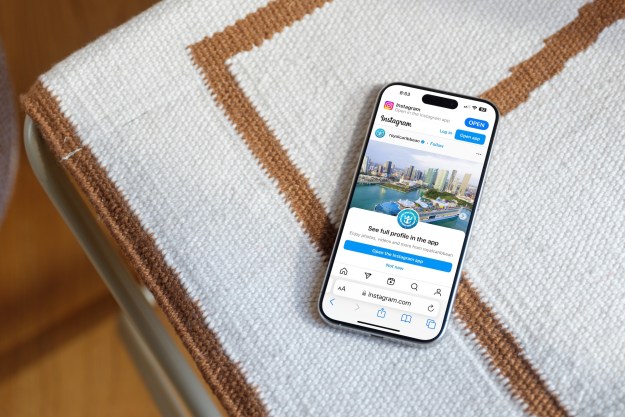 In an interview with AllThingsD, Nokia’s head of US operations revealed that the brand’s feature phones and smartphones would no longer be sold to Canadian and US consumers. Instead, the struggling manufacturer will be throwing its weight behind Windows Phone 7 in attempts to focus on the success of Windows mobile OS.
In an interview with AllThingsD, Nokia’s head of US operations revealed that the brand’s feature phones and smartphones would no longer be sold to Canadian and US consumers. Instead, the struggling manufacturer will be throwing its weight behind Windows Phone 7 in attempts to focus on the success of Windows mobile OS.
Nokia smartphones have struggled with North American audiences, finding themselves largely without carrier support and eclipsed by the success of the iPhone and popular Android manufacturers, like Samsung and HTC. “When we launch Windows Phone we will essentially be out of the Symbian business, the S40 business, etc. It will be Windows Phone and the accessories around that. The reality is if we are not successful with Windows Phone, it doesn’t matter what we do [elsewhere],” Nokia president Chris Weber told AllThingsD.
Nokia has posted significant losses this year, particularly in the smartphone segment. The brand plans to refocus on North American consumers, given its incredible market power. The announcement sounds like a big deal, but it shouldn’t: Symbian smartphones have been all but missing from US shelves for awhile, and the measly handful of consumers out there that will notice the absence of the company’s feature phones are easily in the minority.
Nokia is aware that it’s crunch time and it needs to bring a competitive mobile OS to market. And given its investment this year, the best and only option really is Windows Phone 7. The Microsoft mobile OS has had its fair share of struggles, but the outlook is cautiously hopeful.
That’s not all Nokia is allegedly pulling from the North American market. Just after we heard the Nokia N9 would be released September 23, Engadget claims that the manufacturer says it won’t be released in the US–at least for the time being. A representative apparently told the site that, “At this time we will not be making it available in the US.” The N9 runs the Linux-based MeeGo OS, and was actually given the go-ahead by the FCC. We’re guessing lack of carrier interest could be to blame, or maybe Nokia really means business about pushing its Windows Phone 7 devices in North America.


